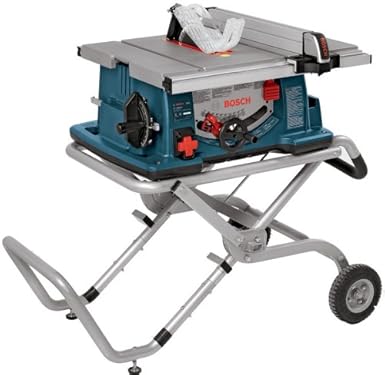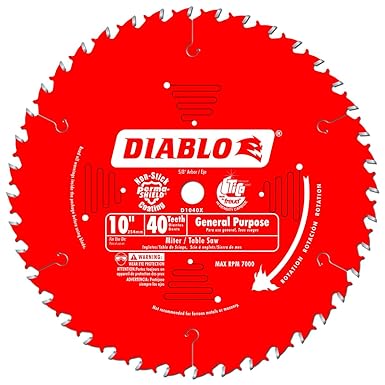Al right, where were we?
 |
| Sandy sole |
The sole of the kanna dai has been sanded so that the three critical contact point are even. The surface of this plane looks kind of funny because the previous owner had scraped down the areas between the contact points just a liiitttle bit. This is good practice and one of those surprising details that make a kanna perform so well. Refer back to
wilber's or
Mafe's blog for good photos of the relief process. For this plane, there is no real reason to get the whole base completely flat, just to have to scrape it down again.
You will read elsewhere that the scraping down of the sole is to reduce friction, which it does, but it does a lot more than that. The proper relief is what causes the wood shavings to actually leap out of the plane mouth as you plane. You can tell when your plane needs a bit of adjustment when it only works as well as a "normal" western style plane. Not to dig, but for me this is true. I still use metal body planes on occasion because they are so easy to use and, if well tuned up, will give good results. I don't feel that I am particularly good with either, in my opinion. To see some people work...........wow.
 |
| Check the side for square |
 |
| Sand sand sand |
You can see a mark towards the back of the dai. That's a iron stain where a wet piece of metal was touching the Oak body. We can fix that too.
 |
| Other side |
The first side was very even and flat so I only wanted to remove enough material to leave the wood evenly sanded. That took too long. This Japanese Oak is hard stuff. For this side, I took a couple of swipes on the sandpaper to register the high points, a few passes with another plane and 30 seconds of sanding left this side flat, even and perpendicular to the sole as well. Much more efficient. And less dusty. I mean, it's not like I don't have other planes, right?
 |
| What are these things for? |
 |
| Dai stamp |
The dai was stamped by the maker, but I don't recognize the mark. I don't want to eliminate it, so I lightly sand the back face with 320 grit and it polishes up very well. This dai was hand cut by someone, and I respect that. This is turning out to be a really nice tool.
The question is, how much do you alter? I hate to think of myself as a tool collector (##$@@#$), I just want a nice tool to use. I want to respect the intent of the craftsman who originally made this, so I think that to alter it enough to make it work well and be a pleasure to use, that has got to be a good thing karmic-ly, right?
 |
| Silky smooth |
 |
| Collectors beware |
I had the rasp handy, but the Japanese Oak is sooo nice to work with a chisel that I didn't use it. The chisel leaves a cool, faceted surface too. What I want to do is carve out some surfaces that you strike with the hammer or mallet when you adjust the set of the blade. This will help your dai last longer and keep it looking nice.
 |
| Radical surgery? |
And remember those iron stains?
 |
| Phospho prime (dilute phosphoric acid) |
 |
| 20 minutes later. |
Good stuff to have on hand and doesn't stain the wood or anything. It reacts with the iron but not mold or anything, but for rust and iron stains.....
The last thing that I do is to freshen up the chamfers on all of the edges except the bottom front and back. Those stay square.
 |
| Open wide |
This is where we left the set of the blade.The blade is too wide for the mouth opening and the wood shavings will jam up the way that it is now. The black marks show the amount of metal that needs to be ground away to have this fit properly. I use a
rough diamond stone, followed by a
finer grit diamond stone. Also, the finished mouth opening will be too wide for my tastes. It looks like it will be about 1mm or so. I make mine zero, then open just a tiny bit, enough for a shaving, using a file. If you need it wider, you can always change it later. Tightening it up is not as easy. This is good enough for now. I just want to try this sucker out.
Two more rounds of scribble, oil and scrape get us a good snug fit that barely protrudes out the bottom of the dai body.
 |
| Far enough |
See the area just this side of the blade? To our way of thinking, a Japanese plane is all backwards, so the terminology of front/back gets all confusing. To my way of thought, the tool is an extension of the craftsman using it, so if you hold the tool as it is used, the point furthest away from you is the front. This photo is taken from the front, looking towards the user at the back of the tool. Confused? Yeah, I know. The light colored spot to this side of the blade (in back of the blade, actually) is too high. It needs to be scraped down lower than the rest of the sole and is the single most critical point of the sole adjustment process. I want to try this guy out, so I take a couple of swipes with the scraper and then take it for a test-drive.
 |
| Not too bad! |
It works! I feels pretty good too. But we can make it Better. Stronger. Faster. The six million dollar plane ($6,000,000....hahah the good old days. My cancer surgery was nearly 1 mil and I'm not 1/6 of what Steve Austin was). I can't get a good, thin shaving yet. This is kind of funny, I would be psyched to get a shaving this good in the old days. Today, not quite par.
 |
| 3 point contact |
The tape defines the areas that we are going to scrape down. When I say down, I mean that the finished depth will be like less than a 64th of an inch lower than the three contact bars that are covered by the tape. For the scraper, I am using the chip breaker blade, just like a real carpenter. I've got a cool little kanna that is specifically used for tuning dai soles, but I wanted to do this old-school. I use a chisel as a scraper, too. Works great.
 |
| Just a bit off of the top, please |
 |
| That's more like it |
 |
| Money shot, plane porn |
This is on clear Port Orford Cedar. Straight grain. How about some with some fleck? This stuff can give me fits at times.
 |
| Just the tiniest bit of tear-out |
We can still do better. There is the smallest bit of tear-out on the ribbon figure. For this, we need to fit the chip-breaker blade.
 |
| Too tight |
I got lucky again. I added some bling by replacing the retaining pin with one made out of brass. Kind of flashy, I know. It was about .5mm smaller in diameter, so I peened over one end, using a hammer, to thicken it for a snug fit in it's hole. The pin goes in from the left hand side and the right hand hole should be slightly smaller. In the perfect world of well made planes, that is. This one was. And. The new pin fit almost perfectly. The breaker blade is the slightest bit tight, with just a very small tilt to one side. Thank god, because this breaker is too thick to just bend the ears (mimi) down. A few passes on the
diamond bench stone to trim down the higher of the two ears and it was perfect.
 |
| As close as you can |
You want the chip-breaker set to be as close to the cutting edge as possible, like .3 or .5mm ideally. I can't see down there, but I think that it is around 1mm or maybe a bit less.
And the proof?
 |
| Sweet! |
Same piece of wood. You can see the ribbon figure in the shaving.
I am not some great pro or anything. Admittedly, I got really lucky with this kanna. It was a very good tool to begin with and wasn't in too bad of shape. I'll show some really rough ones in future posts. This took a total of about 2 hours or so of relaxing work. You really get to know your tools this way. If you are a set-it-and-forget-it kind of person, this obviously isn't for you. If you don't mind a bit of fiddling, you can do some really nice work for not a lot of money. This kanna looks almost new now and performs really well. I may still fit a piece to tighten up the throat, but for now, I'm happy.
 |
| I makes thicker shavings too |





















































